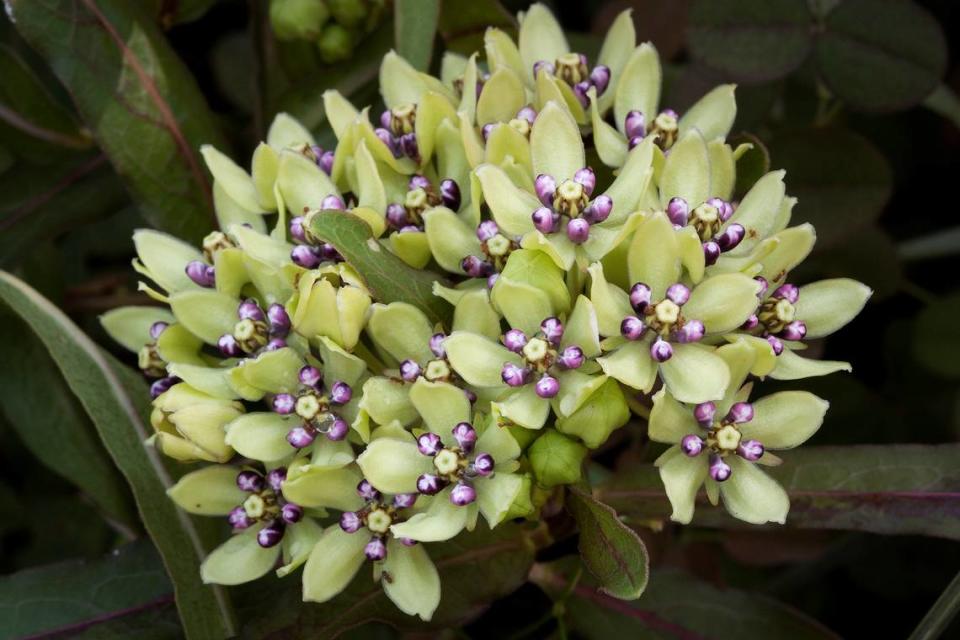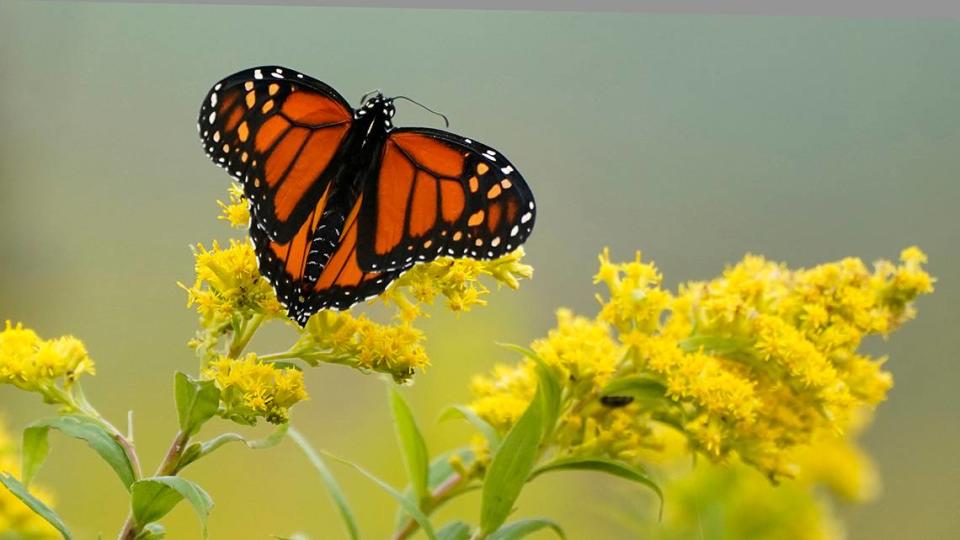What’s that Kansas wildflower you just passed by? Here’s a guide to popular varieties
Your drive across Kansas is about to be filled with more color as native Kansas flowers will start to bloom on the sides of roads and other places across the state.
Here are some common Kansas wildflowers in the spring and summer seasons and when you’ll start to see them bloom.
Common native wildflowers in Kansas
Purple poppy mallow
The purple poppy mallow, scientific name Callirhoe involucrata, is a low-growing plant that “grows pretty widely,” according to Krista Dahlinger, the president of the Kansas Native Plant Society.
“Because it vines and spreads through a big root system, it also can increase in number. It’s a plant that spreads out quite a bit,” she said.
The purple poppy mallow, which Dahlinger said blooms from April to August, can survive droughts. Because of its capability to survive without constant rain or moisture, the flower blooms throughout its entire season. It is also a good resource for the environment, providing long-term nectar for many types of bees, butterflies and insects.
Dahlinger said in Wichita, the purple poppy mallow can be found growing on the banks of the Arkansas River.
Green antelopehorn milkweed

Milkweed plants are very common in the state of Kansas, Dahlinger said. Green antelophehorn milkweed, scientific name Asclepias, is the earliest blooming one in the area, starting to flower in May.
It is a tall green plant with clusters of small white flowers. It grows in pastures and prairies, according to the National Park Service.
Dakota verbena
The deep magenta flower dakota verbena, scientific name Glandularia bipinnatifida, is a low-growing plant that can be seen along roadsides. The plant is made up of many small flowers that are all located on a round disk, which makes the flowers striking, Dahlinger said.
“You can really see them driving by on the roadsides,” she said.
The dakota verbena plant blooms from May throughout June, according to Kansas Wildflowers and Grasses.
Bee Balm
The bee balm plant, scientific name Monarda, is about 3 feet tall with clusters of purple flowers on a large disk, similar to the dakota verbena.
Dahlinger said bee balm is common in many state and wildlife parks in Kansas, and in Wichita, you can see it at the Great Plains Nature Center.
This plant is unique in the way it grows. After its blooming season, it dies all the way back to the ground, then grows back up when blooming season comes again.
Dahlinger said if you crush the leaves between your fingers, it smells like bergamot.
Goldenrod

You’ll start to see this flower, scientific name Solidago, bloom in late summer, and it is especially common along Kansas roadsides.
There are nine species of goldenrod that bloom in Kansas, the most common being the Canada and Missouri species.
The flowers grow on the edges of pastures, hay meadows and disturbed soils, Dahlinger said. The plants aren’t very noticeable until they start blooming bright yellow flowers on the top of the plant, creating flowering spikes.
Blooming from late summer through fall, goldenrod is especially important for providing nectar to fall insects.
How to choose native flowers to plant in Kansas
Dahlinger said if you’re looking for a garden full of plant and insect life, it’s important to know what flowers bloom when.
“If you’re gardening with a native plant, you should pick something that blooms in the spring, summer and fall so you’re always feeding bees (and) the insects always have a place to access nectar throughout the seasons,” Dahlinger said.
Not only will this keep your garden alive throughout the seasons, but it will also be a good source for wildlife.
“Having three seasons of plants by knowing what blooms ... is a good plan,” she said.
Online resources on native plants
There are several online resources you can use to identify a flower you’ve seen or to research what flowers bloom when.
For Kansas flowers, Dahlinger recommends kswildflower.org, which has a collection of more than 1,000 species plants and 8,000 photographs. You can view specific flowers depending on their colors, time they bloom and other categories.
Dahlinger also recommends iNaturalist, where people can upload their own photos of plants, flowers and anything wildlife and get it identified by a professional.

